Types of gold (10K, 14K, 18K, 22K and 24K)
Choosing gold jewelry might seem simple yellow, white, or rose? But the karat level of gold you choose has a major impact on color, durability, value, purity, and long-term comfort. Whether you’re shopping for a chain, engagement ring, bracelet, or watch, understanding the differences between 10K, 14K, 18K, 22K, and 24K gold will help you make the right decision.
Let’s break down the types of gold available, compare their strengths and weaknesses, and guide you toward the best karat gold for your needs.
Table of Contents
ToggleWhich Gold Is Best?
When it comes to jewelry, many people ask: which gold is best? The answer depends on your lifestyle, budget, and style preferences. For everyday wear, 14K gold is the most practical—it’s durable, affordable, and still retains a nice golden color. If you want something more luxurious and hypoallergenic, 18K gold is a great option. 24K gold is the purest but also the softest, making it better for investment or ceremonial pieces. Meanwhile, 10K gold offers unbeatable strength and low cost, ideal for active use. Each karat has its purpose—there’s no one-size-fits-all, only what’s best for you.
What Is the Highest Karat of Gold?
The highest karat of gold is 24K, which represents 100% pure gold. It is the purest gold karat available and is highly valued for its bright yellow color and unmatched purity. However, its softness makes it less ideal for everyday jewelry, which is why lower karats like 18K and 14K are more commonly used in wearable pieces. The 24k gold meaning often ties to investment, ceremonial use, or cultural significance. When comparing 18k vs 24k gold, the former offers better durability while still maintaining luxury. Understanding the gold carat list helps you choose the right balance between durability and purity. If you’re asking what karat is pure gold, the answer is definitively 24K—making it the highest gold karat you can buy.
Is 10K Gold Good?
Yes, 10K gold is good if you’re looking for the most durable and budget-conscious option. Containing 41.7% pure gold, it’s the hardest of all karat types commonly used in jewelry. This makes it ideal for rings, chains, or bracelets that see daily wear and tear. It’s also the most affordable, perfect for buyers who want real gold without the high price tag.
The downside? Its color is a pale yellow, often considered less warm or rich than higher-karat options. Plus, the high percentage of alloy metals like nickel, copper, and zinc may cause irritation for those with sensitive skin. It’s tough, practical, and cost-effective—but not the top choice for elegance or skin-friendliness.
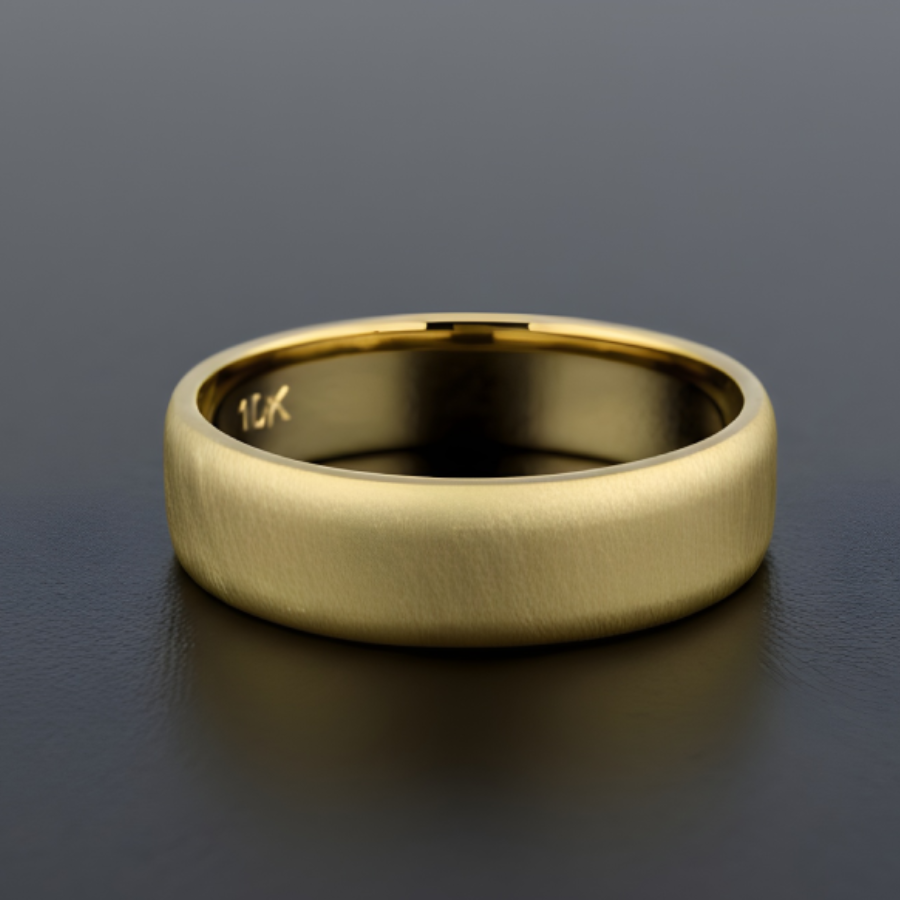
Is 14K Gold Good?
14K gold is one of the best all-around choices for everyday jewelry. With 58.3% pure gold, it strikes a perfect balance between strength, affordability, and classic golden color. It’s resistant to scratching and bending, which makes it an excellent choice for engagement rings, wedding bands, and bracelets.
Most people won’t experience skin reactions with 14K, although it does contain some alloys. It’s less expensive than 18K, while offering better color and richness than 10K. Its strength, beauty, and value make 14K the most popular karat in the U.S. for good reason. Still, if you’re chasing luxury or purity, you may want to aim higher.
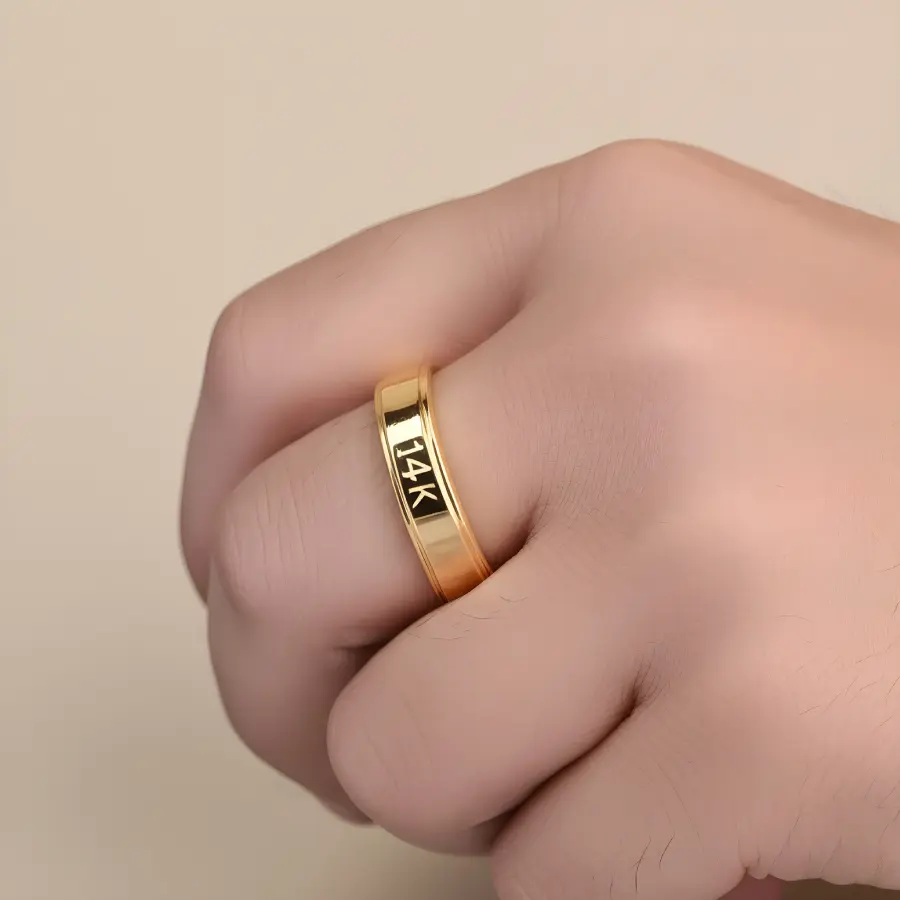
Is 18K Gold Good?
Absolutely—18K gold is a premium choice known for its rich, vibrant color and high purity level. At 75% pure gold, it offers a luxurious look that feels substantial and smooth on the skin. Its low alloy content makes it ideal for people with metal sensitivities, offering a hypoallergenic solution with timeless elegance.
The tradeoff? It’s softer and more prone to scratching than 14K or 10K, meaning it may not be the best choice for very active daily wear. It’s also significantly more expensive. If you’re buying for a special event or want a showpiece that radiates quality, 18K gold is a stunning option—but not the most rugged.
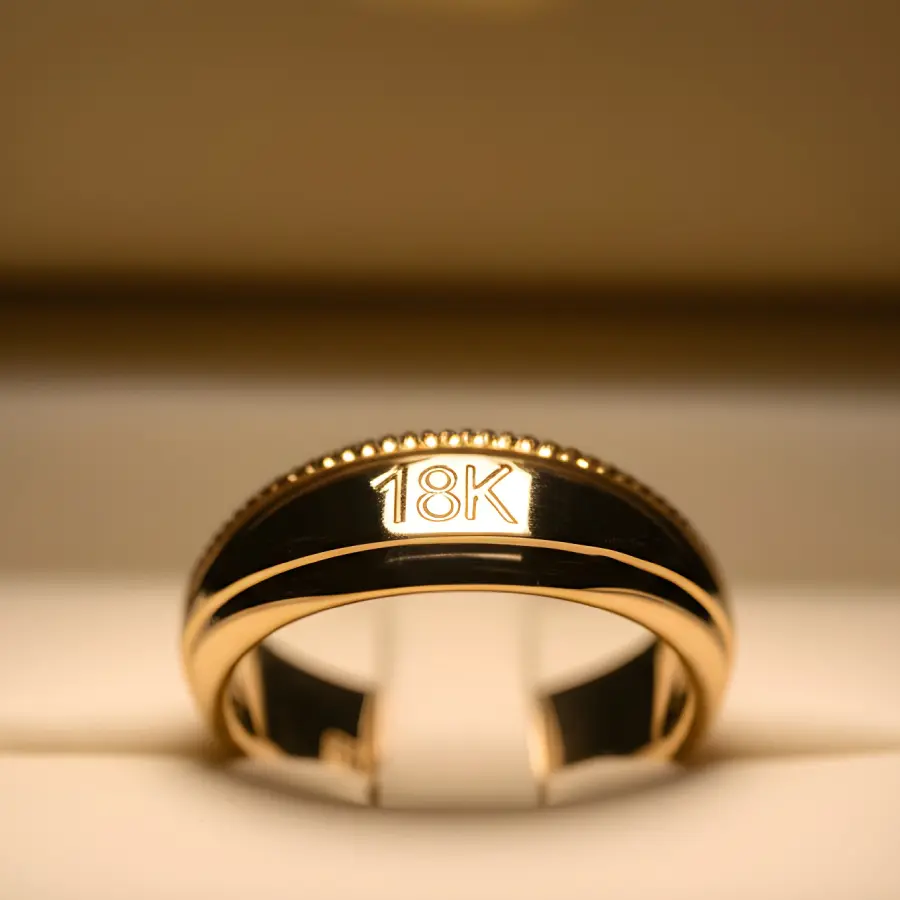
Is 22K Gold Good?
22K gold is 91.7% pure, offering one of the richest yellow tones available in wearable gold. It’s often used in traditional, heirloom, or ceremonial jewelry, especially in Asia and the Middle East. Its soft texture makes it easy to shape into elegant, flowing designs. For plain bangles, wedding bands, or classic necklaces, 22K is undeniably striking.
However, its high purity makes it too soft for securely holding gemstones, and it can deform over time if worn daily. It’s also more expensive and less scratch-resistant. So while 22K gold is perfect for aesthetic value and cultural significance, it’s not ideal for modern, everyday jewelry that needs to withstand wear.
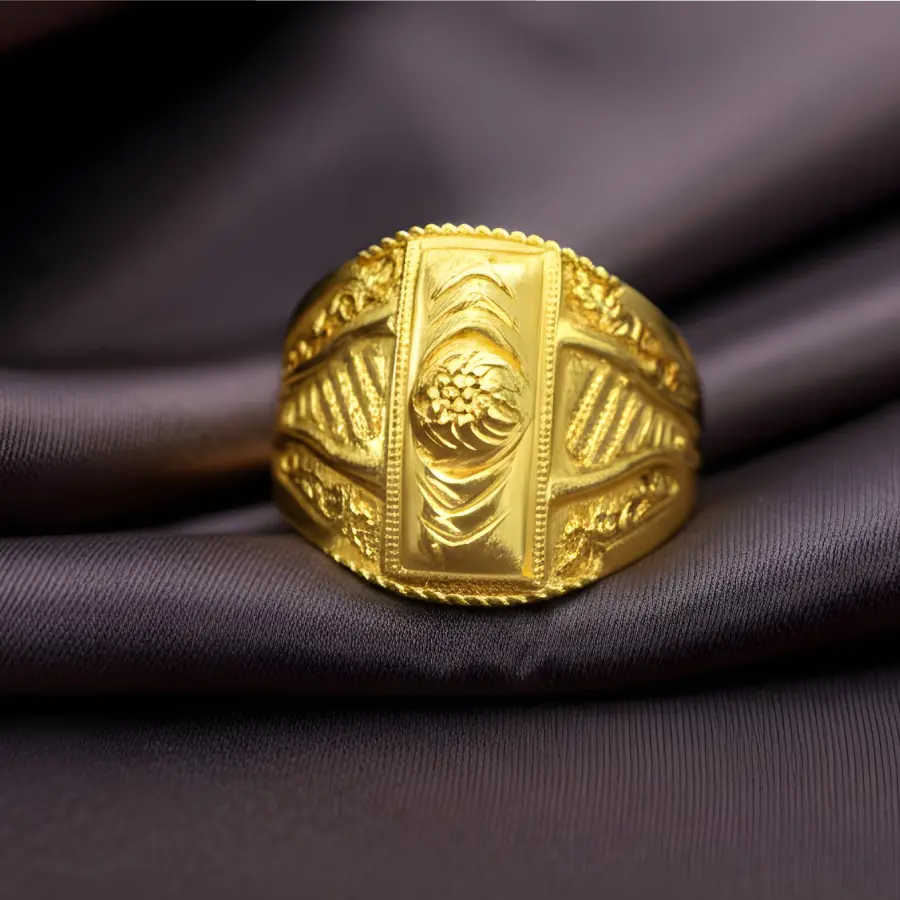
What Is 24K Gold?
24K gold is pure gold—100% with no other metals added. It’s the most valuable and vibrant form of gold, often seen in bullion, coins, or investment bars. Its glowing, deep yellow hue is unmistakable and universally recognized as a symbol of wealth and prestige.
That said, pure gold is extremely soft—it bends, scratches, and dents easily. This makes it impractical for daily-wear jewelry, especially rings or settings with stones. You’ll rarely find 24K used in Western fine jewelry. It’s best suited for collectors, ceremonial items, or high-value investments, not for active or decorative daily use.
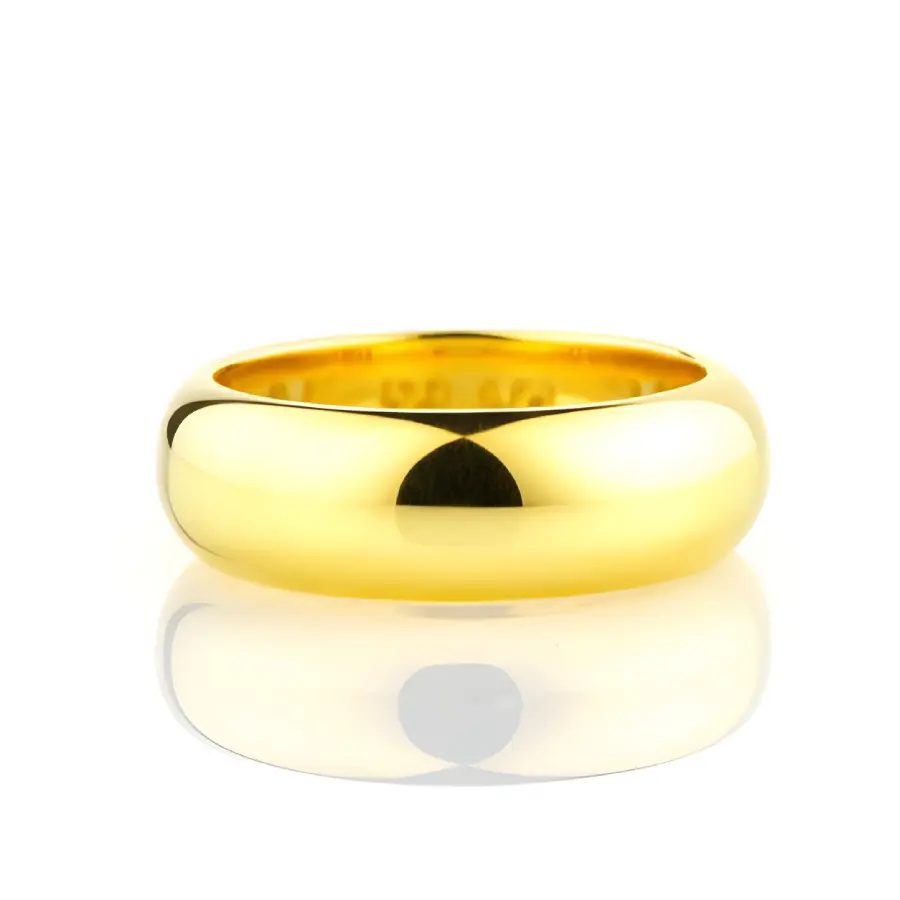
Gold Karat & Purity Comparison Table
| Karat | Purity (%) | Description |
|---|---|---|
| 24K Gold | 100% | Pure gold with no added alloys. Has a deep yellow color and is the softest type of gold. Ideal for investment or ceremonial use, but not suitable for everyday jewelry. |
| 22K Gold | 91.7% | Rich yellow tone with minimal alloying. Common in traditional and cultural jewelry. Too soft to securely hold gemstones, best for plain designs. |
| 18K Gold | 75% | Luxurious appearance and hypoallergenic. Contains enough alloy for durability while maintaining strong gold presence. Ideal for special pieces and sensitive skin. |
| 14K Gold | 58.3% | The most popular choice for daily wear. Balances price, durability, and classic golden color. Scratch-resistant and long-lasting. |
Frequently Asked Questions
What is the difference between 22K and 24K gold?
The main difference between 22K and 24K gold is purity. 24K gold is 100% pure, while 22K gold is 91.7% pure, mixed with a small amount of alloy to improve durability.
Is rose gold real gold?
Yes, rose gold is real gold. It’s an alloy made by combining pure gold with copper, which gives it a warm pink hue. The karat value (like 14K or 18K) indicates the gold content.
What karat gold is best for everyday use?
14K gold is generally considered the best for everyday use. It offers a perfect balance of durability, affordability, and appearance, making it ideal for daily wear.
How many carats is pure gold?
Pure gold is 24 carats. This means 100% of the metal is gold, with no other alloy metals added.
Does 10K gold tarnish?
Yes, 10K gold can tarnish over time due to its high alloy content. However, it tarnishes more slowly than silver and can be cleaned to restore its shine.
What is carat in gold?
Carat in gold refers to the purity level of the metal, not weight. It ranges from 1 to 24, with 24K being pure gold.
18K vs 24K Gold
18K vs 24K gold mainly comes down to purity, durability, and practical use. 18K gold contains 75% pure gold and 25% alloy metals, making it more durable and better suited for everyday jewelry. It has a rich, luxurious color while still resisting scratches better than pure gold. On the other hand, 24K gold is 100% pure, offering the highest value and a deep yellow hue, but it’s extremely soft, making it easy to bend and scratch. If you want beauty with durability, 18K is ideal. If purity and investment value matter more, 24K is the top choice.

